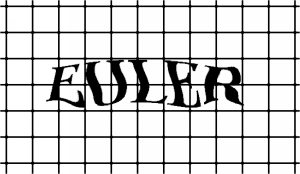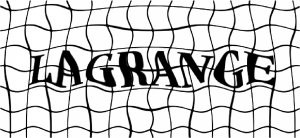


Next: 8.1 Compressible Flow without
Up: III. SELECTED APPLICATIONS
Previous: 7.4 Density Functional Molecular
8. Hydrodynamics
How do you describe a flow?
Some basic truths:
General equation of motion for the flow field
 in a
compressible viscous fluid: Navier-Stokes equation
in a
compressible viscous fluid: Navier-Stokes equation
![\begin{displaymath}
\frac{\partial }{\partial t} \rho \mbox{$\bf v$} + \nabla \c...
...$} \right] + \nabla p
- \mu \nabla \cdot \mbox{${\bf U}$} = 0
\end{displaymath}](img1926.png) |
(8.1) |
Here,  is the viscosity, and
is the viscosity, and
 |
(8.2) |
defines the Navier-Stokes tensor. (In 2 dimensions, write  in place
of
in place
of  ).
).
Character of Navier-Stokes PDE:
- Contains advective (hyperbolic) and diffusive
(parabolic) terms
- Small viscosity: advective terms dominate
 hyperbolic
hyperbolic
- High viscosity: diffusive terms important
 parabolic
parabolic
- Stationary case (
 ):
):
 elliptic
elliptic
The NS equation results from the conservation of momentum.
In addition, we have conservation of mass,
 |
(8.3) |
and conservation of energy,
 |
(8.4) |
where  is the energy density
(
is the energy density
( ... internal energy per unit mass of the fluid).
... internal energy per unit mass of the fluid).
To close the set of equations some equation of state
 is assumed.
is assumed.
The following approaches will be discussed:
- Conventional methods of solving the Navier-Stokes PDE
- Discretized ``Lattice gas''or ``Lattice Boltzmann''dynamics
- Direct Simulation Monte Carlo
Subsections



Next: 8.1 Compressible Flow without
Up: III. SELECTED APPLICATIONS
Previous: 7.4 Density Functional Molecular
Franz J. Vesely Oct 2005
See also: "Computational Physics - An Introduction," Kluwer-Plenum 2001



